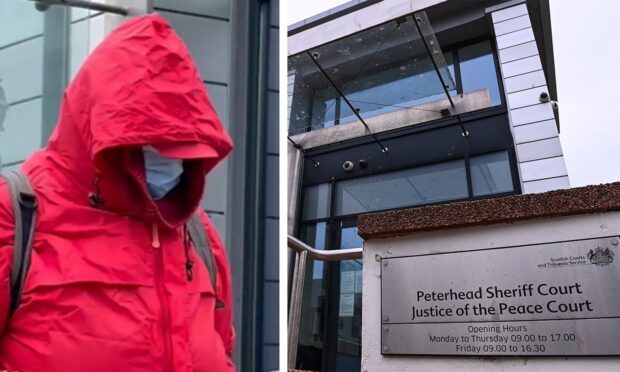A widow has won a landmark legal battle that will allow her to have IVF treatment using her late husband’s sperm after a ruling by a panel of Scottish judges.
The woman, who has only been identified as SB, instructed lawyers to go to the Court of Session to obtain the judgment.
The court heard how SB wanted to undergo IVF treatment using sperm taken from seven vials her husband stored approximately 10 years ago but it had only been noticed when he was too ill for it to be remedied, that the correct written consent had not been given.
Her partner – identified as JB – had fallen ill with cancer and stored the sperm in the hope he may one day start a family.
The pair met, married and decided to have a family, but sadly he was diagnosed with cancer for a second time.
He died in 2019 after he and his wife consulted doctors about starting a family.
The court heard that when JB stored his sperm, he had given written consent to it being used for intrauterine insemination – a method of conception where semen are introduced directly into the uterus.
However, he did not sign the necessary forms needed for his reproductive material to be used for IVF.
Following his marriage, JB made a will which stated that his donated sperm should be donated to his wife for as long as possible and for as long as she may wish.
Doctors, however, wanted JB to follow the process laid down by the law and sign the forms giving permission for his semen to be used in IVF treatment.
By the time an appointment was made, however, he was receiving palliative care and unable to attend.
Medics discovered the day before he died – when he was unconscious – that he had only completed forms which provided consent to intrauterine insemination.
Doctors told SB that her best chance for conceiving children was with IVF, prompting her legal team to go to Scotland’s highest civil court to obtain an order which would allow JB’s sperm to be used for IVF.
Lawyers for NHS Grampian did not oppose the move and they were not represented in the action but the Human Fertilisation and Embryology Authority was unable to conclude that JB gave effective consent, though it said if the court should find the necessary legal requirements were met, there would be no impediment for SB to begin IVF treatment.
Yesterday, judges Lady Dorrian, Lord Glennie, and Lord Woolman ruled in favour of SB.
Lady Dorrian, who gave the judgement, ruled that the man’s statement in the will meant he intended his sperm to be used in IVF treatment.
The court ruled that the terms of the dead man’s will amounted to effective consent to the use of his sperm for IVF treatment.
Lady Dorrian wrote: “First, it is a testamentary document in which JB was not only making disposition of his estate but, by this clause, expressing his wish for the future use of his stored gametes.
“Second, he and his wife had sought and been referred for treatment to enable them to have a child. Third, although it is expressed as a direction to his executors, in reality it is an expression of his wishes.
“It is the sort of provision that would only sensibly be made by a man contemplating his death in the near future, and seeking to make his wishes clear.”









